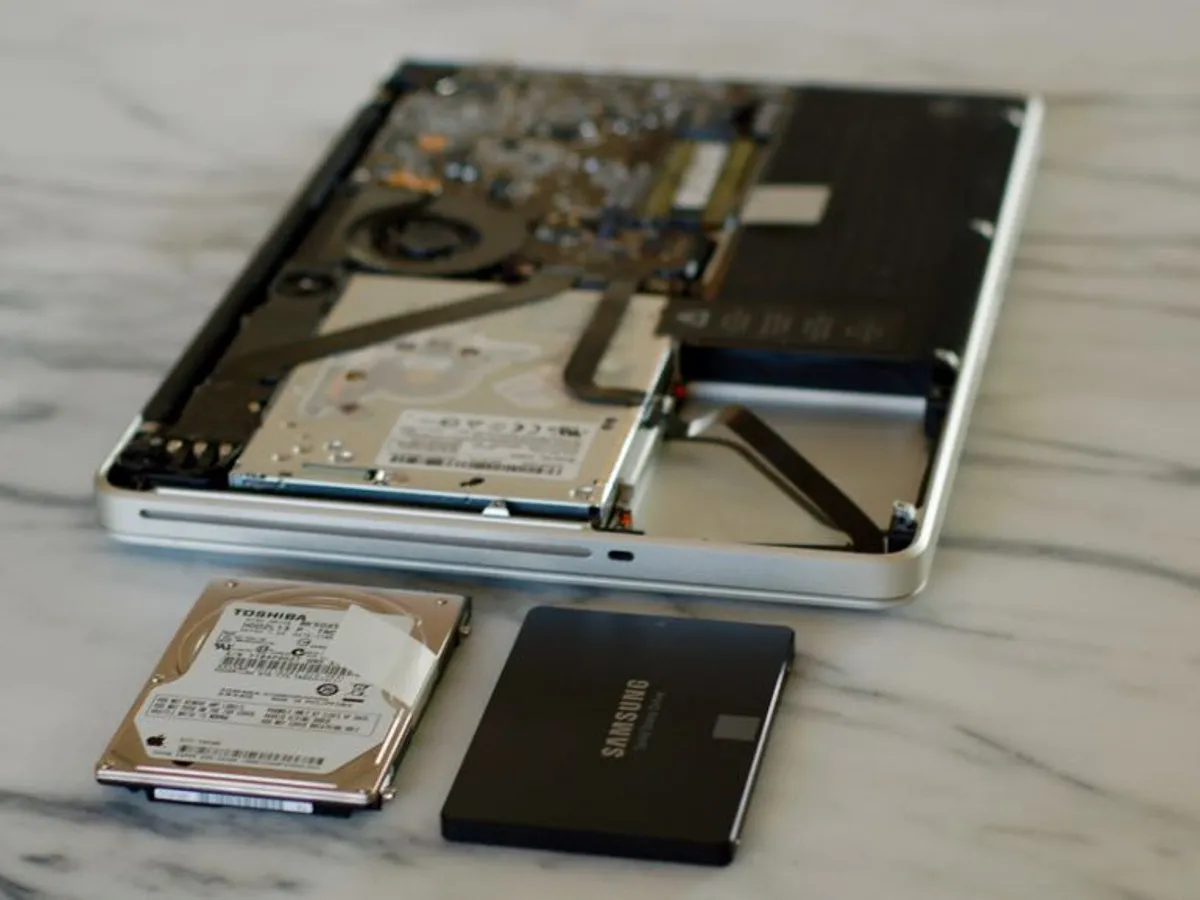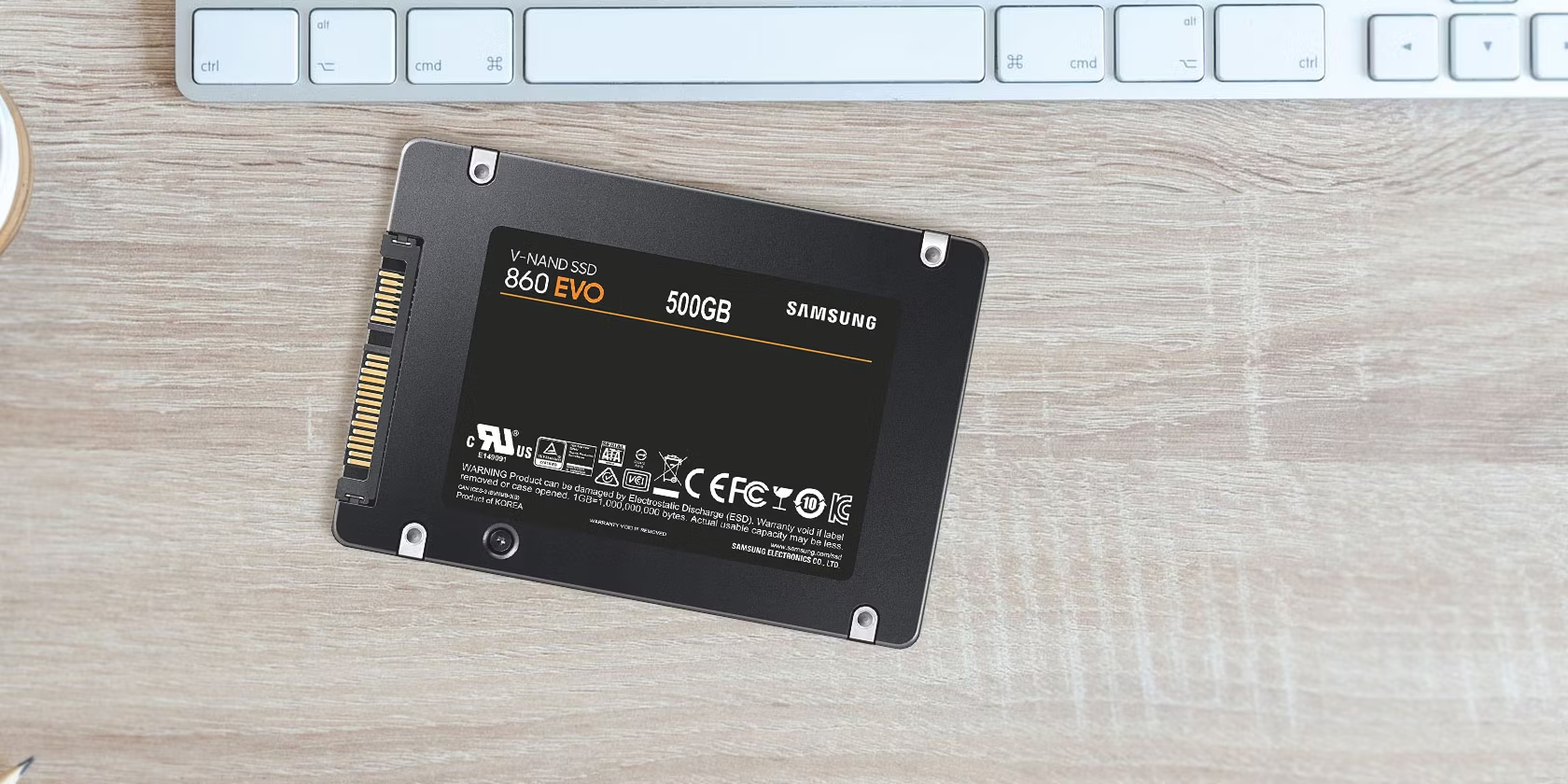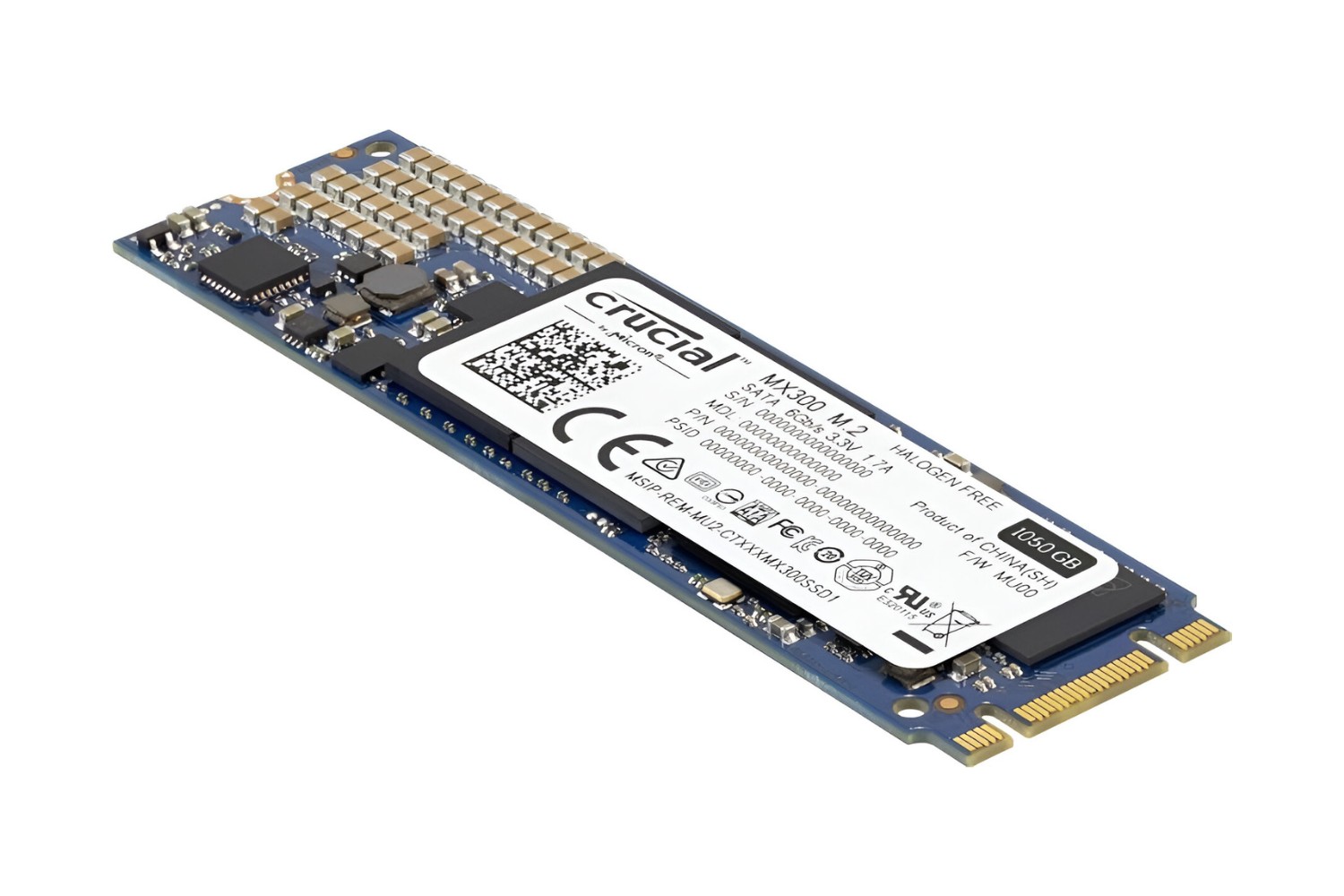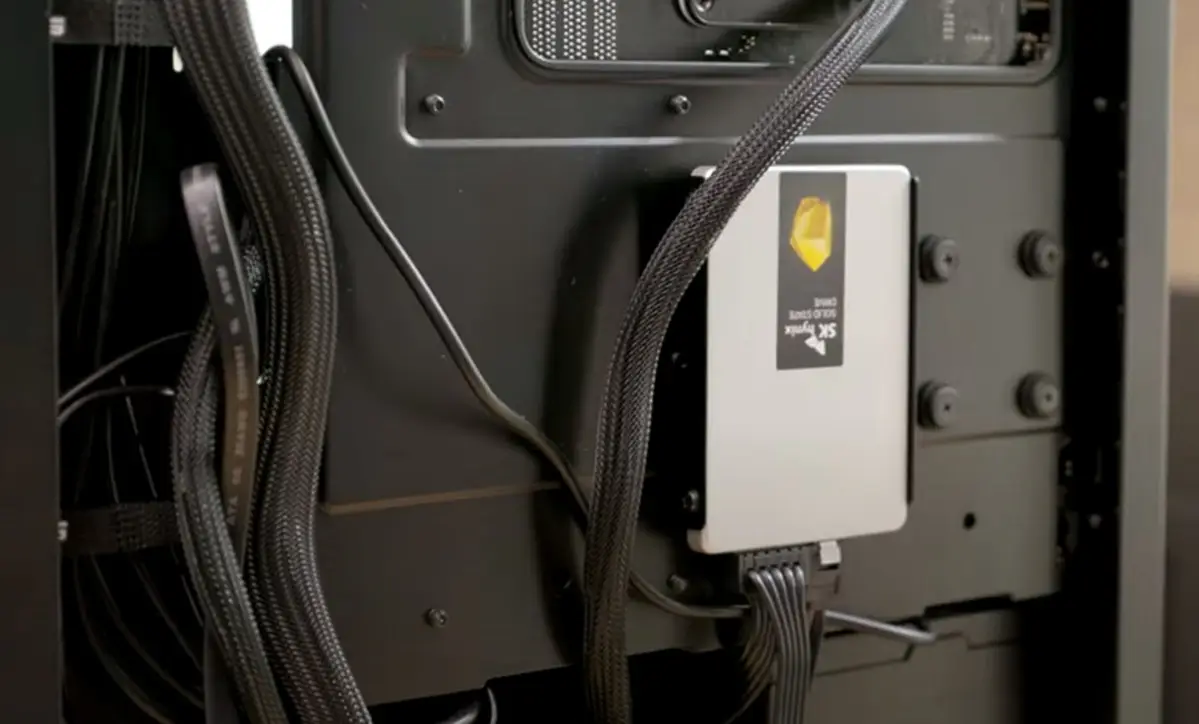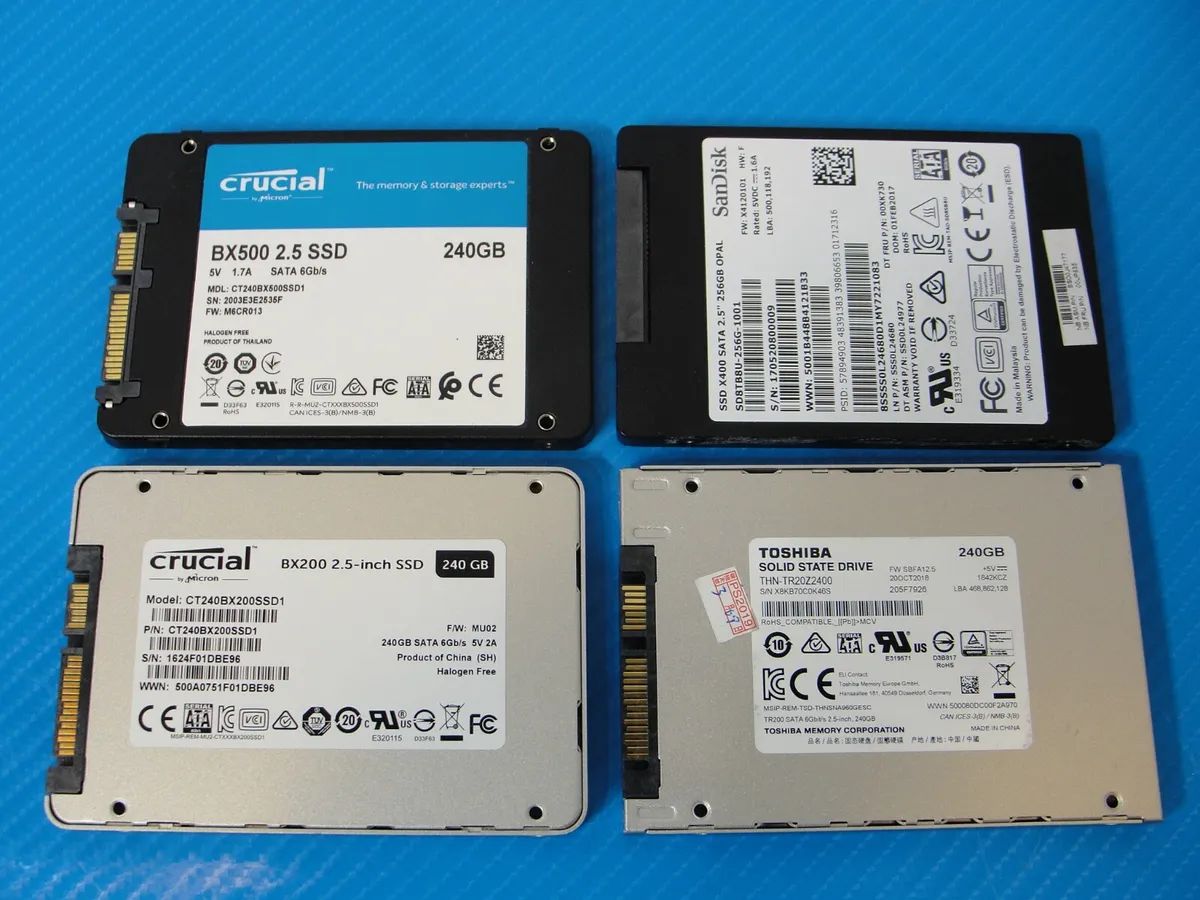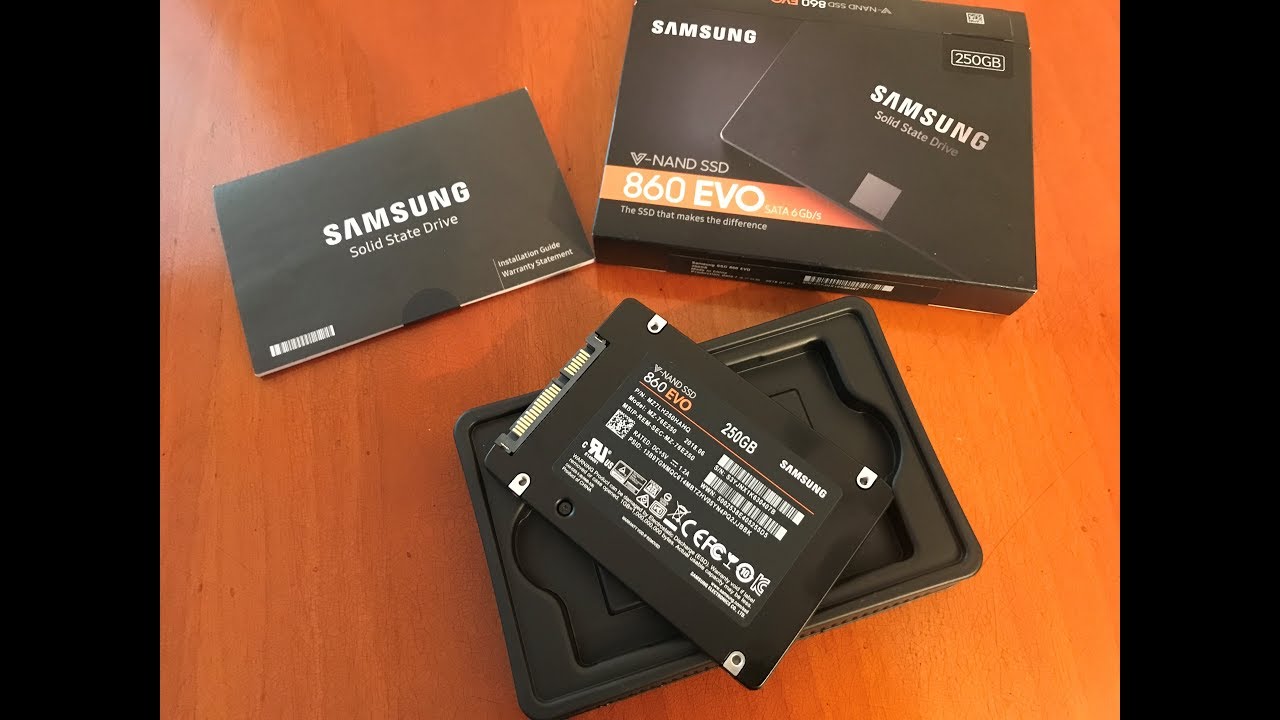Introduction
A solid state drive (SSD) is a type of storage device that has gained significant popularity in recent years. Unlike traditional hard disk drives (HDDs) that use spinning platters and a mechanical arm to read and write data, SSDs utilize flash memory technology to store data electronically. This results in improved performance and reliability compared to HDDs.
With the rapid advancements in technology and decreasing costs, SSDs have become more affordable and widely available to both consumers and businesses. They offer several advantages over HDDs, including faster speed, higher durability, and energy efficiency.
In this article, we will explore the benefits of solid state drives and compare them to traditional hard disk drives. We will also discuss the limitations and considerations when choosing an SSD. Whether you are a tech enthusiast, business professional, or simply looking to upgrade your computer’s storage, understanding the advantages and limitations of SSDs can help you make an informed decision.
What is a Solid State Drive (SSD)?
A solid state drive (SSD) is a type of storage device that is designed to store and retrieve digital data using solid-state memory. Unlike traditional hard disk drives (HDDs) which rely on spinning disks and mechanical components, SSDs use NAND flash memory chips to store data electronically. This results in faster data access times, improved reliability, and enhanced overall performance.
SSDs are typically smaller and lighter than HDDs, making them popular choices for laptops, ultrabooks, and other portable devices. They are also increasingly being used in desktop computers and data centers due to their numerous advantages.
One of the key components of an SSD is the controller, which acts as the brain of the drive. The controller manages the data flow between the flash memory chips and the computer’s operating system, ensuring smooth and efficient data transfer.
SSDs come in various form factors, including 2.5-inch drives for laptops and desktops, M.2 drives for ultrabooks and compact systems, and PCIe drives for high-performance applications. They are available in different storage capacities, ranging from a few hundred gigabytes to several terabytes.
Overall, SSDs offer significant advantages over traditional HDDs. They provide faster boot times, lower latency, and quicker data transfer speeds, resulting in improved system responsiveness. This makes them ideal for tasks that require high-speed data access, such as gaming, video editing, and running resource-intensive applications.
In addition to performance benefits, SSDs are more resistant to physical shock and vibration due to the absence of moving parts, making them more durable and reliable. They also consume less power, leading to improved battery life for laptops and reduced electricity costs for data centers.
In the next sections, we will delve deeper into the specific advantages and limitations of solid-state drives, giving you a comprehensive understanding of their capabilities.
Advantages of Solid State Drives
Solid state drives (SSDs) offer numerous advantages over traditional hard disk drives (HDDs). These advantages make SSDs a preferred choice for many users, whether it is for personal use or in enterprise-level environments. Let’s explore some of the key advantages of SSDs.
1. Speed and Performance: SSDs are significantly faster than HDDs in terms of data access and transfer speeds. The absence of mechanical parts allows SSDs to retrieve and store data more quickly, resulting in faster file loading times, quicker boot-up speeds, and smoother overall system performance. This speed advantage is especially noticeable in tasks that involve accessing and manipulating large files or running multiple applications simultaneously.
2. Durability and Reliability: Traditional HDDs are prone to mechanical failures due to their moving parts, such as the spinning platters and read/write heads. SSDs, being solid-state devices, do not have any moving parts, making them more resistant to physical shock, vibration, and temperature variations. This increased durability translates to a lower risk of data loss or damage, making SSDs a reliable choice for storing important files and sensitive data.
3. Energy Efficiency: SSDs are more energy-efficient than HDDs as they do not require power to spin platters or move read/write heads. This means that laptops equipped with SSDs have longer battery life, allowing for extended usage before needing to recharge. In data centers, the lower power consumption of SSDs can lead to significant cost savings in terms of electricity usage and cooling requirements.
4. Noiseless Operation: Since SSDs do not have any moving parts, they operate silently. Unlike HDDs, which produce audible sounds when reading or writing data, SSDs provide a noiseless computing experience. This can be particularly beneficial in environments where silence is essential, such as libraries or recording studios.
5. Compact Size and Form Factors: SSDs are available in various compact form factors, such as 2.5-inch drives for laptops and desktops, M.2 drives for ultrabooks and compact systems, and PCIe drives for high-performance applications. This allows for better utilization of space within devices and enables the creation of slimmer, lighter, and more portable devices.
These advantages make SSDs an excellent choice for those looking to enhance their computer’s performance, durability, energy efficiency, and overall user experience. However, it is important to be aware of the limitations and considerations when choosing an SSD, which we will explore in the next section.
Speed and Performance of SSDs
One of the major advantages of solid state drives (SSDs) over traditional hard disk drives (HDDs) is their exceptional speed and performance. Due to their unique architecture and use of flash memory technology, SSDs offer significantly faster data access and transfer speeds, resulting in improved overall system performance.
SSDs are known for their lightning-fast read and write speeds, which greatly benefit tasks that involve accessing and manipulating large files, such as video editing or gaming. With an SSD, file loading times are drastically reduced, allowing for smoother and more seamless user experiences.
The key element that contributes to the speed of SSDs is the absence of mechanical parts. Unlike HDDs, which rely on spinning platters and a mechanical arm to read and write data, SSDs use integrated circuits and NAND flash memory chips to store and retrieve data electrically. This eliminates the need for physical movement and allows SSDs to access data more quickly and efficiently.
Furthermore, SSDs offer excellent random access times, meaning they can access data at any location on the drive with minimal latency. This is in contrast to HDDs, where the mechanical arm needs to physically move to the correct location on the spinning platter, resulting in longer access times.
As a result of these speed and performance benefits, SSDs can greatly enhance the overall responsiveness of a system. Boot times are reduced, software applications launch more quickly, and tasks are completed in a shorter amount of time. This is particularly beneficial for professionals who rely on their computers for demanding tasks, such as video editing, 3D rendering, and data analysis, where every second matters.
It is worth noting that the performance of an SSD can vary depending on several factors, including the interface used (such as SATA or PCIe), the controller technology, and the quality of the NAND flash memory. Higher-end SSDs that utilize the latest technologies and higher-grade components tend to offer even better performance than entry-level or older SSD models.
Overall, the speed and performance advantages of SSDs have revolutionized the storage industry and have made them an indispensable component in modern computing systems. Whether it’s for personal use or in enterprise-level environments, the superior speed and responsiveness of SSDs provide users with a smoother, more efficient computing experience.
Durability and Reliability of SSDs
When it comes to durability and reliability, solid state drives (SSDs) outperform traditional hard disk drives (HDDs) in several ways. The design and construction of SSDs make them more resistant to physical shocks, vibrations, and temperature fluctuations, which are common causes of HDD failures.
One of the main advantages of SSDs is their lack of moving parts. Unlike HDDs, which rely on spinning platters and mechanical read/write heads, SSDs use NAND flash memory chips to store data electronically. As a result, there are no spinning disks or mechanical components that can fail due to wear and tear. This makes SSDs much more durable and resistant to physical damage, making them an excellent choice for portable devices or environments where the risk of impact or vibration is higher.
SSDs also have the advantage of better tolerance towards temperature variations. While mechanical components in HDDs can be affected by temperature extremes, SSDs are designed to handle a wider range of temperatures without suffering any adverse effects on performance or reliability.
Additionally, SSDs are less susceptible to data loss caused by accidental drops or impacts. The lack of moving parts means that sudden jolts or shocks are less likely to result in data corruption or loss, compared to HDDs where a sudden impact can cause the read/write head to crash into the spinning platter, damaging the data stored on it.
Furthermore, SSDs have a longer average lifespan compared to HDDs. The absence of moving parts reduces the likelihood of mechanical failures over time. While HDDs may experience a higher failure rate over the course of their lifetime due to mechanical wear and tear, SSDs have a lower chance of failure, resulting in increased reliability and reduced risk of data loss.
It is important to note that while SSDs are generally more reliable than HDDs, they are not invulnerable to failure. Like any electronic device, SSDs can still experience failures due to various factors, including electrical issues, firmware errors, and manufacturing defects. However, the overall reliability and durability of SSDs make them a favorable choice for users who value data integrity and system stability.
When considering the durability and reliability of SSDs, it is also important to select SSDs from reputable manufacturers that have a proven track record for quality and reliability. Investing in a reliable and well-built SSD will further ensure the long-term durability and reliability of your storage solution.
With their solid-state construction and lack of moving parts, SSDs offer enhanced durability, higher resistance to physical damage, and improved reliability compared to traditional HDDs.
Energy Efficiency of SSDs
Energy efficiency is a significant advantage of solid state drives (SSDs) over traditional hard disk drives (HDDs). SSDs consume significantly less power, resulting in reduced energy usage, longer battery life for portable devices, and cost savings in data centers.
HDDs require power to spin the platters and move the mechanical components, such as the read/write heads, which consume a significant amount of energy. In contrast, SSDs use NAND flash memory chips to store and retrieve data electronically, eliminating the need for mechanical movement. As a result, SSDs consume considerably less power during operation.
This reduced power consumption has several benefits. For laptop users, it translates to longer battery life. SSD-equipped laptops can run for a longer duration on a single charge compared to those with HDDs because less power is required for the storage device itself. This is particularly advantageous for users who need their laptops for extended periods without access to a power source, such as when traveling or working remotely.
In addition to the benefits for portable devices, the energy efficiency of SSDs also leads to cost savings in data centers. Data centers house numerous servers and storage devices, which consume a significant amount of power. By replacing HDDs with SSDs, data centers can reduce their overall power consumption, resulting in lower electricity bills and a smaller environmental footprint. Moreover, the reduced heat generated by SSDs results in lower cooling requirements, leading to additional energy savings.
Furthermore, SSDs also contribute to a quieter and more environmentally-friendly computing environment. The absence of moving parts in SSDs means that they operate silently, eliminating the noise generated by spinning disks in HDDs. This is particularly beneficial in noise-sensitive environments such as offices, studios, or libraries.
It is important to note that while SSDs are more energy-efficient than HDDs, the power savings may vary depending on the specific models and configurations. SSDs with higher capacities or with additional features, such as self-encrypting drives or hardware encryption, may consume slightly more power than basic SSD models. However, even with these factors taken into account, SSDs remain significantly more energy-efficient than HDDs.
In summary, the energy efficiency of SSDs offers several advantages. These include longer battery life for laptops, reduced power consumption in data centers, cost savings on electricity bills, lower cooling requirements, and a quieter computing environment. When considering energy efficiency as an important factor, choosing SSDs over HDDs can lead to noticeable improvements in power usage and overall environmental impact.
SSD vs. Hard Disk Drive (HDD)
When it comes to storage options for computers and other devices, the two primary choices are solid state drives (SSDs) and hard disk drives (HDDs). While both serve the purpose of storing data, they have significant differences in terms of performance, reliability, and price.
One of the most notable differences between SSDs and HDDs is the technology they employ. HDDs use spinning platters and mechanical read/write heads to access and store data, while SSDs use flash memory chips and have no moving parts. This fundamental difference has a significant impact on various aspects.
Speed and Performance: SSDs significantly outperform HDDs in terms of speed and performance. The absence of moving parts allows SSDs to access data almost instantaneously, resulting in faster boot times, quicker file transfers, and improved overall system responsiveness. On the other hand, HDDs have slower access times due to the mechanical nature of their operation, resulting in longer load times for files and applications.
Durability and Reliability: SSDs are more durable and reliable than HDDs. The lack of moving parts in SSDs makes them less susceptible to mechanical failures caused by physical shocks, vibrations, or temperature fluctuations. In contrast, HDDs can experience mechanical failures over time due to wear and tear on the spinning platters and read/write heads. SSDs also have better data protection measures, such as error correction algorithms, which reduce the risk of data loss or corruption.
Energy Efficiency: SSDs are more energy-efficient than HDDs. The absence of moving parts in SSDs results in lower power consumption, leading to longer battery life in laptops and reduced electricity usage in data centers. HDDs, on the other hand, require more power to operate due to the spinning platters and mechanical components.
Capacity and Price: HDDs typically offer larger storage capacities at lower prices compared to SSDs. This is because HDDs have been in the market for a longer time and benefit from mature manufacturing processes. However, SSDs have become more affordable over the years and are available in a wide range of capacities. When it comes to raw storage capacity, HDDs still have an advantage, but the gap is closing as SSD technology continues to evolve.
Noise and Heat: SSDs operate silently due to the absence of moving parts, while HDDs produce noise as the platters spin and the read/write heads move. Additionally, SSDs generate less heat compared to HDDs, resulting in a cooler and more efficient system.
When deciding between an SSD and HDD, it is essential to consider your specific needs and budget. If you require faster performance, higher durability, and energy efficiency, SSDs are the preferred choice. On the other hand, if you need larger storage capacities at a lower cost, HDDs may be more suitable. In some cases, a combination of both SSD and HDD can be used – SSD for the operating system and frequently accessed files, and HDD for bulk storage of less frequently accessed data.
Ultimately, the choice between SSDs and HDDs depends on your priorities and requirements, whether it’s speed, capacity, reliability, or cost-effectiveness.
Limitations of Solid State Drives
While solid state drives (SSDs) offer numerous advantages over traditional hard disk drives (HDDs), they are not without their limitations. It is important to consider these limitations when choosing an SSD for your storage needs.
1. Limited Lifespan: SSDs have a limited number of write cycles. Each flash memory cell can be written to only a certain number of times before it becomes worn out and can no longer hold data. While modern SSDs have improved significantly in this regard, it is important to note that over time, an SSD’s performance and reliability can decline. However, most modern SSDs come with technologies like wear leveling and overprovisioning, which help distribute write cycles evenly across the drive and prolong its lifespan.
2. Capacity and Price: SSDs generally offer smaller storage capacities compared to HDDs, especially when comparing them at the same price point. While the gap in capacity has narrowed over the years, SSDs still cost more per gigabyte of storage compared to HDDs. If you require large amounts of storage at a lower cost, an HDD may be a more suitable option.
3. Write Speed Degradation: The write speed of an SSD can degrade over time as more data is written to it. This is due to the way SSDs handle data at a granular level, requiring data blocks to be erased before new data can be written. As the drive becomes more filled, the process of erasing and rewriting data can impact write speeds. SSDs with larger capacities and more advanced technologies tend to perform better in mitigating this degradation.
4. Susceptibility to Power Loss: SSDs can be more susceptible to data loss in the event of an unexpected power loss or sudden system shutdown. Unlike HDDs, which have built-in spinning disks to maintain data integrity during power loss, SSDs rely on power to maintain the data in their volatile memory chips. However, manufacturers often employ power loss protection mechanisms, such as backup capacitors or firmware-based solutions, to mitigate this risk.
5. Limited Compatibility: Some older computer systems and laptops may not have the necessary interfaces to support SSDs. For example, older systems may only have SATA II ports, which can limit the performance benefits of modern SATA III SSDs. However, newer SSDs often come with backward compatibility, allowing them to be used in older systems with slower performance.
Despite these limitations, SSDs have made significant advancements and are becoming more prevalent in the market. Manufacturers continue to improve the technology to address these limitations and provide consumers with faster, more reliable, and higher-capacity SSDs at competitive prices.
When deciding between an SSD and an HDD, it is crucial to consider your specific needs and prioritize the advantages and limitations of each storage option. SSDs are an excellent choice for users who prioritize speed, durability, and energy efficiency, while HDDs may be more suitable for those requiring larger capacities at a lower cost.
Price and Capacity Comparison
When considering storage options for your computer or device, price and capacity are important factors to consider. Solid state drives (SSDs) and hard disk drives (HDDs) have different pricing structures and capacity characteristics, making it essential to understand the trade-offs between the two.
Price: Historically, one of the significant advantages of HDDs over SSDs has been their lower cost per gigabyte of storage. HDDs have been around for a longer time and benefit from mature manufacturing processes, making them more affordable in terms of raw storage capacity. However, the cost of SSDs has been steadily decreasing, and they have become increasingly competitive in terms of pricing. While SSDs are still generally more expensive than HDDs, the price gap has significantly narrowed over the years.
Capacity: HDDs typically offer larger storage capacities compared to SSDs, especially at a similar price point. This is due to the nature of HDD technology, which can accommodate more platters for increased storage space. HDDs are available in capacities ranging from several hundred gigabytes to multiple terabytes, making them ideal for users who require vast amounts of storage for media files, applications, or extensive data libraries.
SSDs, on the other hand, are available in a range of capacities, but they generally offer smaller storage sizes at similar price points. This is because SSDs utilize flash memory chips, which are more expensive to manufacture compared to traditional magnetic disks used in HDDs. However, SSD capacities have been steadily increasing, and it is now common to find SSDs with capacities ranging from 256GB to several terabytes.
When deciding between SSDs and HDDs based on price and capacity, it is essential to consider your specific needs. If you require large amounts of storage at an affordable price and are willing to sacrifice some performance benefits, HDDs are a suitable choice. However, if you prioritize speed, durability, and energy efficiency over sheer storage capacity, SSDs are the better option.
It is also worth noting that the storage needs of individuals and businesses are continuously evolving. Cloud storage services and streaming platforms have made it more common for users to rely less on local storage for data and media. This shift in storage requirements may further influence the decision between SSDs and HDDs, as the need for massive storage capacities may diminish for some users.
To optimize the price and capacity balance, a combination of SSDs and HDDs can be used. This approach involves using an SSD as the primary drive for the operating system and frequently accessed files, while using an HDD as secondary storage for less frequently accessed or large files. This allows for faster performance where it matters most and maximizes storage capacities without breaking the budget.
Ultimately, the choice between SSDs and HDDs regarding price and capacity depends on your specific storage requirements, budget, and the importance you place on performance, durability, and energy efficiency.
Conclusion
When it comes to choosing between solid state drives (SSDs) and hard disk drives (HDDs), there are several factors to consider. SSDs have revolutionized the storage industry with their faster speed, increased durability, energy efficiency, and smaller form factors. They offer superior performance, ensuring faster boot times, quicker file transfers, and improved overall system responsiveness. Additionally, the absence of moving parts in SSDs makes them more resistant to physical shocks, leading to higher durability and reliability. The energy efficiency of SSDs translates to longer battery life for laptops and reduced power consumption in data centers. However, SSDs tend to have smaller storage capacities and higher costs per gigabyte compared to HDDs. HDDs are still an attractive option for those requiring large storage capacities at a lower cost. It is important to consider your specific needs, budget, and prioritize factors such as speed, durability, energy efficiency, and capacity. Ultimately, the choice between SSDs and HDDs depends on finding the right balance that best suits your requirements. In many cases, a combination of SSDs and HDDs can provide the optimal storage solution, utilizing the advantages of both technologies. With the continuous advancements in SSD technology and the decreasing costs, SSDs are becoming more accessible and affordable, making them a popular choice for users looking to upgrade their storage and enhance their computing experience.











